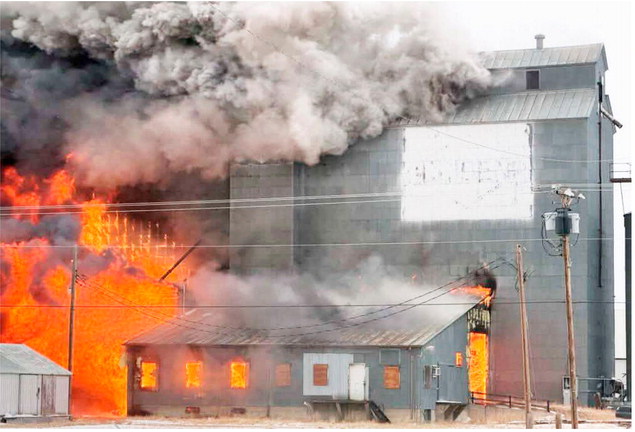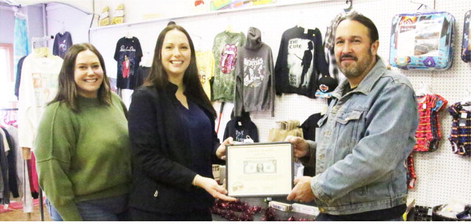USDA Increases Funding To Safeguard, Restore Wetland Ecosystems
The U.S. Department of Agriculture is investing up to $20 million in fiscal 2023 to help conservation partners nationwide protect and restore critical wetlands through the Wetland Reserve Enhancement Partnership. USDA’s Natural Resources Conservation Service is prioritizing proposals that support efforts to mitigate climate change by restoring wetlands while also prioritizing assistance to underserved communities. Last year, NRCS funded $11 million in partnerships. Proposals from partners are due Sept. 23.
“Restoring and protecting wetlands can improve water quality, enhance wildlife habitat and help address climate change. Partnerships are absolutely essential to this work,” said Tom Watson, NRCS State Conservationist in Montana. “Our partners can help connect us with historically underserved communities here in Montana and across the country, and these projects can also expand equity in conservation opportunities.”
Restored wetlands help to improve water quality downstream, enhance wildlife habitat, reduce impacts from flooding and provide recreational benefits. The most sought-after lands for the WREP program are referred to as “marginal,” meaning they do not produce to their full capacity due to repeat flooding or standing water. Removing marginal lands from production can provide economic benefits for agricultural landowners while also restoring the wetlands to accomplish their full functions and values. Through WREP projects, eligible conservation partners protect, restore and enhance high-priority wetlands on agricultural lands. WREP enables effective integration of wetland restoration on working agricultural landscapes, providing meaningful benefits to farmers and ranchers who enroll in the program and to the communities where the wetlands exist.
WREP will continue to prioritize enrollment of historically underserved landowners in its ranking of proposals. This includes proposals that:
•Target places with historically underserved producers;
•Focus outreach to historically underserved producers;
•Provide assistance with application materials and helping resolve heirs’ property and title issues.
Partners target outreach and enrollment priorities supported by NRCS, including places impacted by natural disasters. Eligible partners include Tribes, state and local governments and non-government organizations. WREP partners are required to contribute a financial or technical assistance fund match.
This WREP funding is for fiscal year 2023, which begins on Oct. 1, 2022.
How to Apply
Partners interested in applying should contact Justin Meissner, Assistant State Conservationist for Easement Programs in Montana, at justin.meissner@usda.gov or 406-587-6873 for more information. Proposals are due bySept. 23, 2022.
Partners looking to learn more about opportunities for WREP funding for fiscal year 2023 are encouraged to attend the virtual WREP workshop on Aug. 17, at 1 p.m. Eastern. Contact Lisa McCauley at lisa.mccauley@ usda.gov for the login information. The webinar will be recorded and available for any partners unable to attend.
WREP is part of the Agricultural Conservation Easement Program, which is a Farm Bill conservation program. Through WREP, states, local units of government, non-governmental organizations and American Indian tribes collaborate with NRCS through cooperative and partnership agreements. These partners work with tribal and private landowners who voluntarily enroll eligible land into easements to protect, restore and enhance wetlands on their properties.

